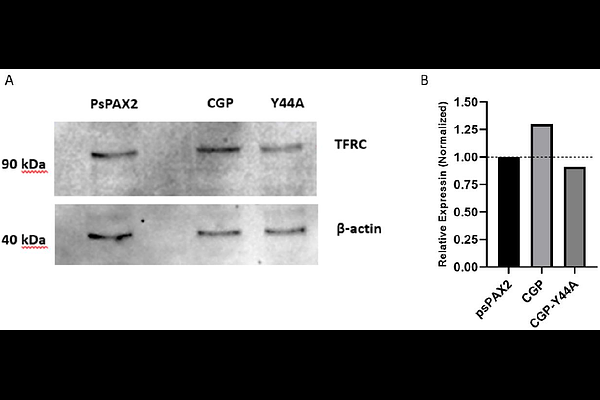Modulation of Transferrin receptor by HIV-2

Modulation of Transferrin receptor by HIV-2
Al-Muffti, A. S.; Kiarie, I. W.; Tozser, J.; Mahdi, M.
AbstractHuman immunodeficiency viruses (HIV-1 and HIV-2), are the causative agents of the acquired immunodeficiency syndrome (AIDS), that share substantial genomic and structural similarities, yet differ in replication dynamics and disease progression. While HIV-1 primarily enters host cells via CD4 and the chemokine co-receptors CCR5 and CXCR4, HIV-2 engages a broader range of chemokine receptors. The transferrin receptor (TFRC/CD71), a membrane protein essential for iron uptake and immune function, has recently been implicated in viral entry by other pathogens. In this study, we investigated the regulation of TFRC expression in cells transduced with HIV-1 and HIV-2 pseudovirions. We observed a significant upregulation of TFRC mRNA and protein levels in HEK-293T cells 27 hours post-transduction with HIV-2, but not with HIV-1. In Jurkat T-cells, TFRC transcript levels were significantly elevated at 36 and 40 hours following HIV-2 transduction. Mechanistic analyses revealed that this upregulation depends largely on a functional HIV-2 Tat protein. Additionally, HIV-2 transduction resulted in increased intracellular iron levels in Jurkat cells at 48 hours post-infection. Collectively, these findings identify TFRC as a novel Tat-dependent host target of HIV-2, shedding light on its broader receptor utilization and potential effects on host iron metabolism and viral tropism.